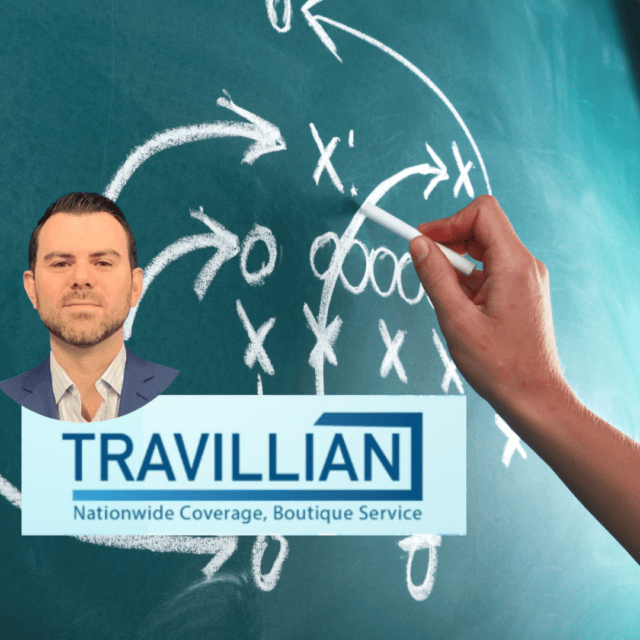In banking, two critical interest rates are essential: the prime rate and the federal funds rate. As explained by James Chen, Director of Investing & Trading Content at Investopedia, understanding their distinctions and impacts is vital—especially for financial services professionals new to the industry.
Prime Rate and Federal Funds Rate Definitions
What is the Prime Rate?
The prime rate is the interest rate that commercial banks charge their most creditworthy customers, serving as a benchmark for loans like small business loans, adjustable-rate mortgages, and credit cards. It generally follows the federal funds rate closely, typically at a margin of the federal funds rate plus three percent.
What is the Federal Funds Rate?
The federal funds rate is the interest rate at which commercial banks borrow and lend their excess reserves overnight. Set by the Federal Open Market Committee (FOMC), it is a crucial tool for managing the U.S. economy. The FOMC meets eight times a year to set this rate, basing decisions on economic indicators to promote sustainable growth.
How Prime Rate and Federal Funds Rate Affect Borrowing
The Impact of Prime Rate on Borrowing
Changes in the prime rate directly affect borrowing costs for consumers and businesses. When it changes, it impacts interest rates for loans, including home equity loans, adjustable-rate mortgages, credit card balances, and small business loans.
The Impact of Federal Funds Rate on the Economy
This rate influences the broader economy by controlling inflation, stimulating growth, and achieving maximum employment. It indirectly affects short-term interest rates for loans. While influenced by the federal funds rate, the prime rate is adjusted by individual banks based on creditworthiness and loan type.
Historical Trends in Prime Rate & Federal Funds Rate
Both rates have fluctuated significantly over time. The prime rate reached an all-time high of 21.5 percent in December 1980 and was at 8.5 percent as of early 2024. The federal funds rate has ranged from 20 percent in the early 1980s to 0–0.25 percent during the Great Recession and was between 5.25–5.5 percent as of July 2023.
Changes in both rates significantly impact borrowers. Increases in the prime rate raise costs for variable interest rate loans and small business loans. Changes in the federal funds rate influence the prime rate, affecting borrowing costs across the economy and potentially impacting stock market performance.
Understanding the Difference Between Prime Rate and Federal Funds Rate
Per Investopedia, the federal funds rate is a broader economic policy tool used by the Federal Reserve, while the prime rate directly affects consumer and business loan rates. Understanding these rates is crucial for anyone involved in borrowing or investing.



















